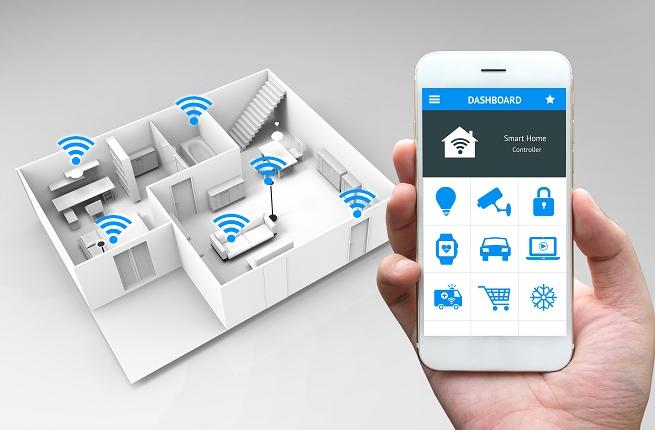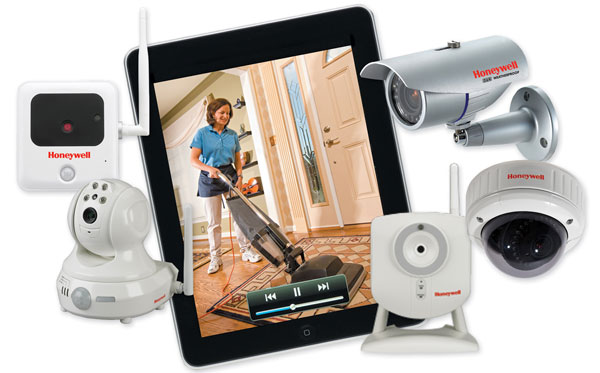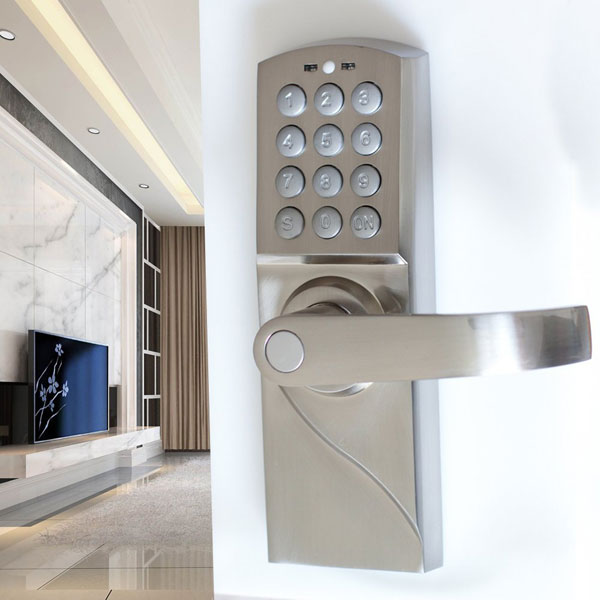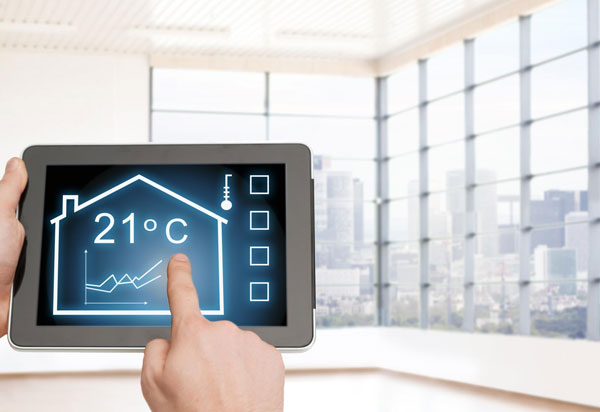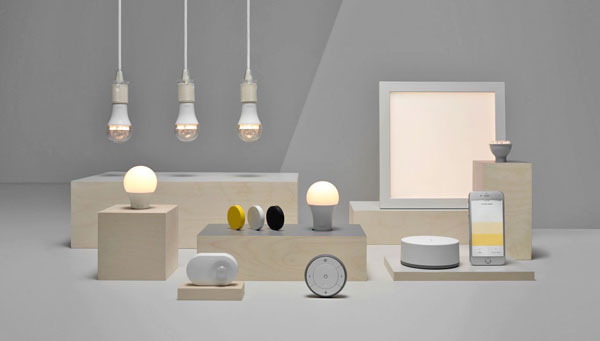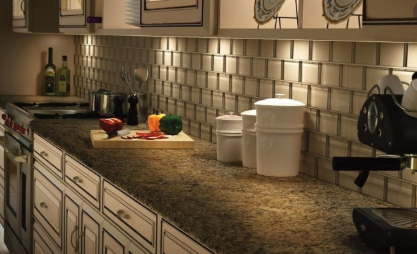 Driven lights are the most savvy and adaptable lighting alternatives around. Highlights include:
Driven lights are the most savvy and adaptable lighting alternatives around. Highlights include: A long life expectancy (as long as 50,000 hours, contrasted with 10,000 hours for fluorescents and 4,000 hours for incandescent lamp)
Low force utilization per unit of light created (utilizing around 10 watts to deliver 700 lumens, contrasted with CFLs at 12 watts and incandescent lamps at around 40 watts)
Low warmth emanation (contrasted with incandescent light and CFLs)
Accessible in single shading (warm and cool) and hued (RGB) lights
Can be darkened (with good dimmer switches)
Life expectancy not influenced by visit on and off cycling (for what it's worth for CFLs)
Not powerless to vibration (as are incandescent light)
Accessible in a scope of discrete sizes and styles.
Pucks, bars and strips
Driven lights appropriate for use in cabinetry come in three essential sorts, and can be surface mounted or recessed. They're commonly accessible in a warm white shading (about 3000K), a cool white light shading (up to about 5500K), and in a RGB configuration to deliver a close perpetual cluster of hues.
Bar LED Lights – Bar lights are a dainty, one-piece that comes in different lengths. Bar lights are typically introduced along the width of a bureau, on its underside.
Strip LED Lights – Strip lights are extremely conservative in size, and are adaptable. Accessible in different wattages and densities – the quantity of LED lights per meter of tape shifts from around 20 to 120.
On the off chance that your cupboards don't have a recessed base, you can introduce a length of trim to conceal the LED lights from see. For new cupboards, the lights can be introduced in a channel steered into the bureau base. In like manner, puck lights can be flush mounted into bureau bottoms. On the off chance that introducing lights inside cupboards, you can add slender trim to the base of racks; if introducing on cupboards, include a limited beautiful embellishment on the cupboards.
Force contemplations
The least demanding LED lights to introduce are those fueled by batteries. They're an alternative where a repository isn't close within reach, and you would prefer not to take advantage of an electrical circuit. Be that as it may, batteries are an all the more exorbitant wellspring of intensity, and supplanting those batteries can be clumsy if the lights are difficult to reach.
Installation
Installing LED lighting is genuinely straight-forward. For adaptable strip lighting, all you may require are scissors and a measuring tape. Clingy PSA tape on the rear of the strip lights make them exceptionally simple to introduce. Commonly you'll put them at the front edge of cupboards. The strip is unmistakably checked where it very well may be cut, and closures are handily associated along with weld less connectors. Bar and puck lights can either be fastened or taped spot. In all cases, peruse and follow makers' rules.
















